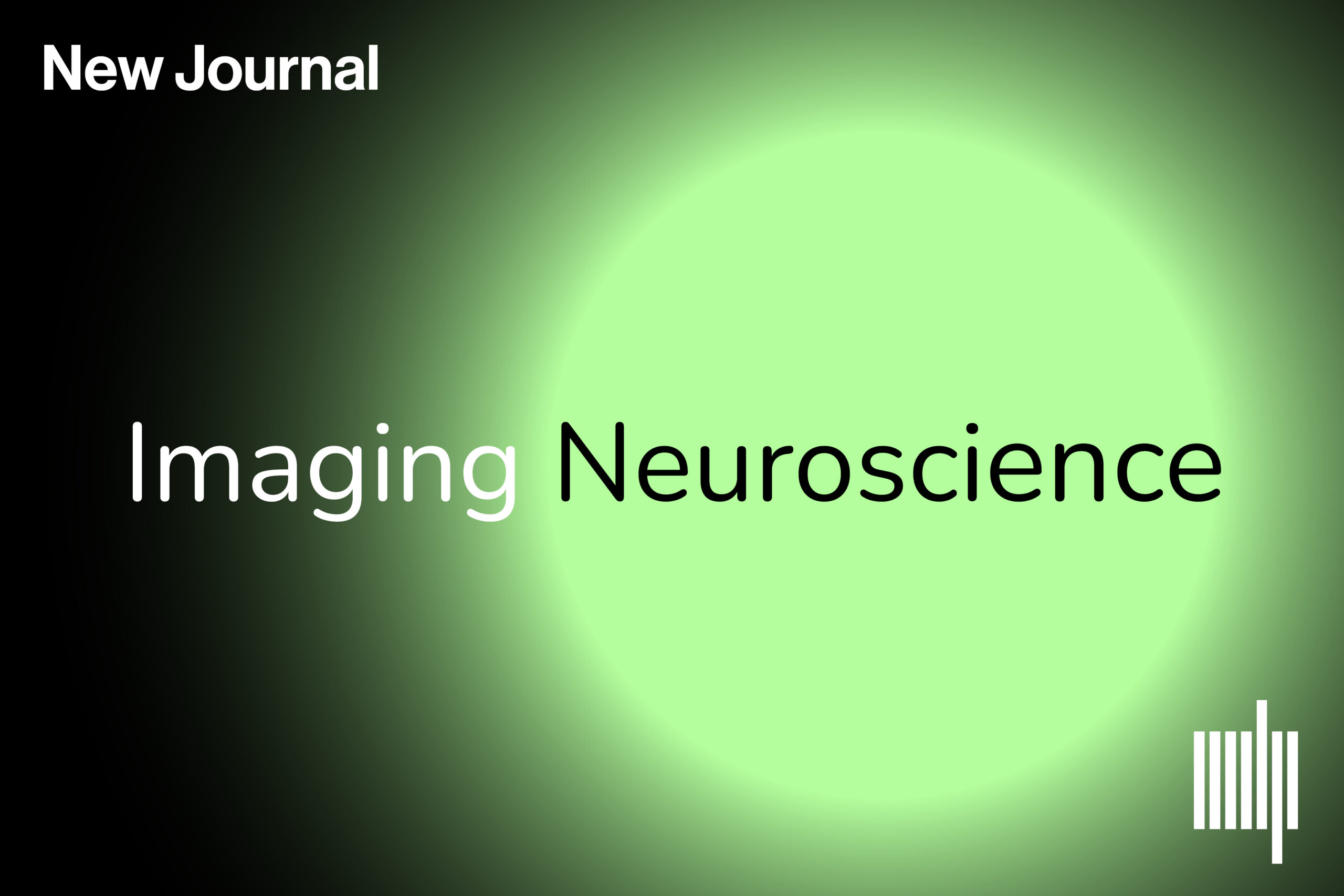Smith leads the new open access journal Imaging Neuroscience and spoke to us about his vision for the publication
Earlier this year the MIT Press announced the upcoming launch of a new open access journal, Imaging Neuroscience, focusing on imaging of the brain. The journal is led by editor-in-chief Dr. Stephen M. Smith, Professor of Biomedical Engineering at Oxford University—and he is joined by the entire former editorial teams from the journals NeuroImage and NeuroImage: Reports, all of whom resigned from their previous roles because of the high article process charges (APCs) with their prior publisher. The shift has been hailed by the Chronicle of Higher Education as a “high-profile move… in the long-unfolding battle over who pays and who benefits in the academic-publishing world.”
We spoke to Dr. Smith about the editorial teams’ decision and what the future holds for the new publication. Read more from our conversation below, and learn more about Imaging Neuroscience.

The MIT Press: The inspiration behind the founding of Imaging Neuroscience has been well-documented; but why did the editorial team decide to make this change now?
Dr. Stephen M. Smith: Over the past three years, it has become increasingly clear to our editorial team that the high APCs of our previous publisher are unethical and unsustainable. It is prohibitive to many researchers in less-well-funded countries and to researchers with certain funding sources. A year ago the editors started serious discussions with our previous publisher to reduce the APC to a more reasonable level. By March of 2023 it was clear that they were not going to agree to our request—and so we took the very difficult decision, all editors together, to resign and start a new journal with the MIT Press.
We were delighted by the positive and huge response to our announcement on Twitter, with lots of people wanting to submit to Imaging Neuroscience and asking about a timeline. We are aiming for mid-July for a full launch, but have already opened up an interim paper-handling website for new submissions and authors wanting to transfer papers currently under review at NeuroImage over to consideration at Imaging Neuroscience. We have already had over 100 submissions.
The MIT Press: Why should authors consider submitting to Imaging Neuroscience over other journals in the field?
Dr. Stephen M. Smith: Until now, NeuroImage had long been the leading journal focusing on imaging neuroscience, with both the highest impact factor and the largest number of papers published annually. Our ambition is for Imaging Neuroscience to replace NeuroImage as the top journal in our field. By taking the entire editorship across from NeuroImage to start the new journal, and, given the huge support we have received from researchers in our field, we are confident we can achieve that. It will, of course, also be attractive to authors that the APC is so much lower than that at the other relevant journals in our field.
Also, the overall quality of the review process is going to improve because a large number of reviewers who had stopped reviewing for the high-profit journals are happy to be able to review for Imaging Neuroscience. When we announced Imaging Neuroscience a few weeks ago, we had over 1,200 people register to become reviewers within a few days.
The MIT Press: What impact are you looking to make in the field with Imaging Neuroscience?
Dr. Stephen M. Smith: We are obviously very happy that the APC cost to authors and funders will immediately be reduced by so much, leaving more money for labs to spend on research and conferences. Also, we’re very happy that authors from low- and middle-income countries will get a full waiver. I think it will be really good for the field that a high-quality journal does not have to be associated with the serious compromise of unethical publication profits or low quality standards.
I think it could ultimately be great for other fields. Journal editors are starting to realize that it is possible to escape the grip of high-profit publishers. We are committed to Imaging Neuroscience not only being the top journal in our field, but in demonstrating the way forward in non-profit publishing. Although we appreciate that commercial publishers need to make some profit, we feel that the era of extreme levels of profit made by some publishers is coming to an end.

